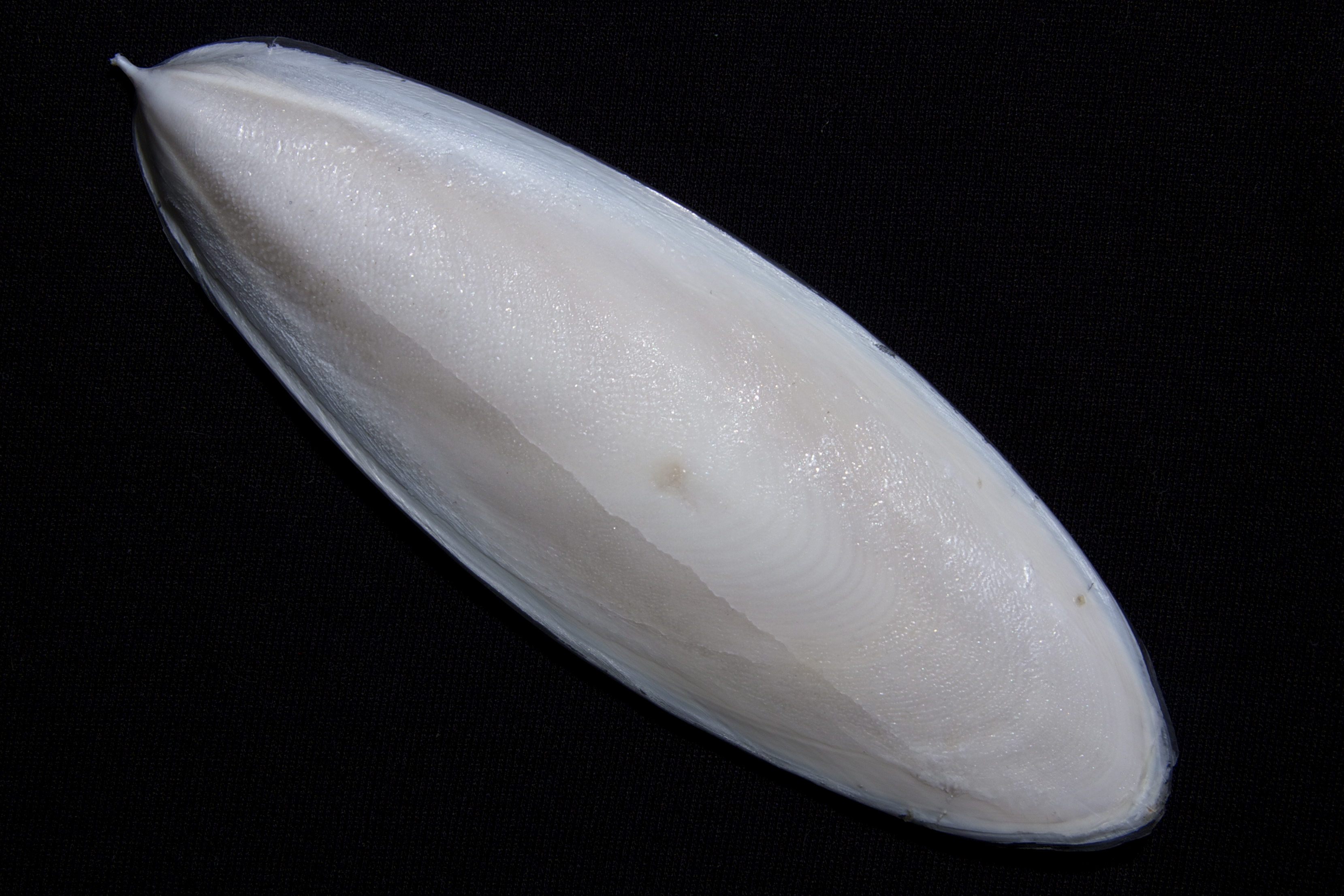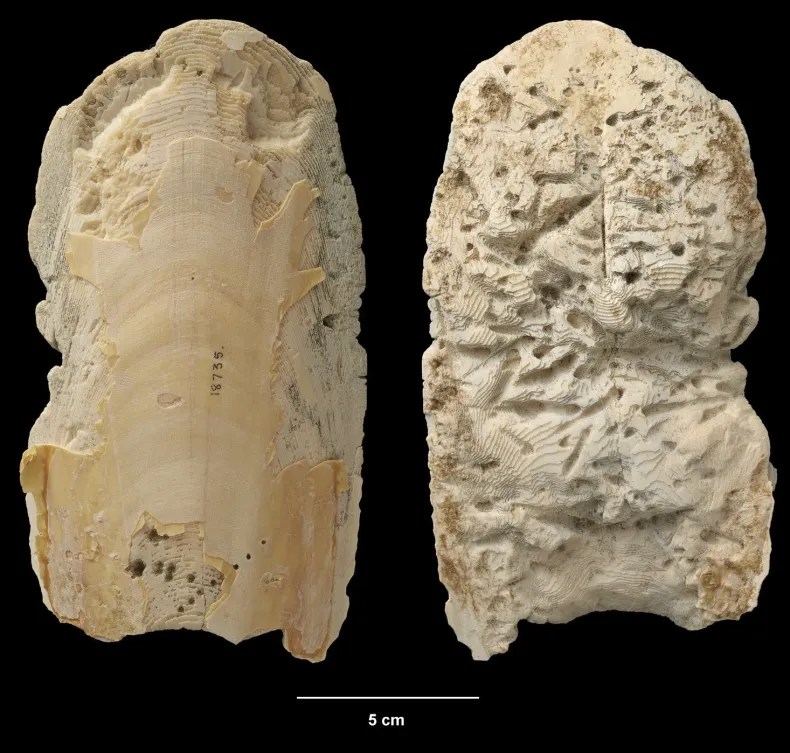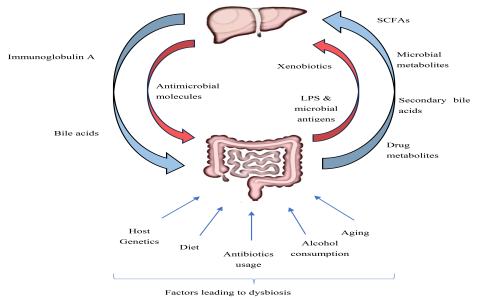Alright, so let’s talk about this cuttlefish bone thing. I’d heard bits and pieces about it over the years, you know, one of those natural remedy type things that pop up in conversations. Never really gave it a second thought, to be honest. Seemed like something from an old-timey apothecary shop, not something I’d ever actually use.
My First Real Encounter
Well, that all changed when my daughter decided she absolutely needed a pet bird. So, we ended up with this little budgie, a chirpy fellow we named “Skittles.” After a few weeks, I started to notice Skittles wasn’t quite as, well, skittish and active as before. His beak also looked a bit rough around the edges. I did a bit of asking around, some light reading online, and someone mentioned, “You should get him a cuttlefish bone!” My first thought was, “A what now? From a cuttlefish? Like the seafood?” I was pretty skeptical, figured it was just another one of those fads.
But, you know, you want to do right by your pets. So, I dragged myself to the local pet store. And there they were – these flat, white, chalky-looking objects. The store assistant assured me they were great for birds, good for their beaks and a source of calcium. I picked one up, still not entirely convinced, but willing to give it a shot. It wasn’t expensive, so no big loss if it turned out to be a dud.
Putting It to the Test
Getting it set up was easy enough. I took it out of the plastic wrapper. Some folks say to boil them or clean them extensively, but I just gave it a quick rinse under cool water, just to be safe. Then I used the little metal clip that came attached to it – sometimes they have them, sometimes you just sort of wedge the bone between the cage bars. I made sure it was secure, so it wouldn’t wobble too much or fall off and scare poor Skittles.

For the first couple of days, Skittles completely ignored it. Just hopped right past it like it wasn’t even there. I remember thinking, “Yep, knew it. Waste of a few bucks.” I was all set to chalk it up to experience. But then, on the third day, I spotted him tentatively pecking at it. Just a little nibble here, a little scrape there. It wasn’t much, but it was a start!
Over the next few weeks, Skittles really took to that cuttlefish bone. He’d spend a good amount of time each day sharpening his beak on it, sometimes even seeming to just gnaw on it for fun. It was quite fascinating to watch, actually. This little bird, instinctively knowing what to do with this weird piece of sea-creature-skeleton.
So, What Did I Actually See?
After about a month or so of Skittles having his cuttlefish bone, I definitely noticed some changes. It wasn’t like a magic wand or anything, but the differences were there if you were paying attention.
- His beak: This was the most obvious thing. It looked much smoother and healthier. No more flaky bits, and it seemed to have a nice, sharp point. He was clearly using the bone to keep it in good shape.
- His energy levels: Skittles seemed more active and chirpier. He was back to his old self, flitting around the cage and singing his little songs. Maybe the extra calcium? Or just feeling better overall? Hard to say for sure.
- General well-being: He just seemed, well, happier. It also gave him something to do, a bit of enrichment in his cage beyond his usual toys and food.
I also learned that it’s basically the internal shell of a cuttlefish, and it’s packed with calcium carbonate. So, it makes sense that it would be good for birds, especially for their bones and egg-laying if you have female birds, though Skittles is a he. It’s not just an old wives’ tale after all, at least not for our feathered friends.

So, yeah, my practical experience with cuttlefish bone turned me from a skeptic into a quiet believer. I’m not about to start grinding it up for my own health or anything – I’ve heard people talk about it for things like stomach acid, but that’s a whole other can of worms I haven’t opened. But for Skittles? It’s a staple in his cage now. It’s a simple, natural thing, and it clearly does its job. Sometimes the old ways, or the simple things, are effective, you know?


